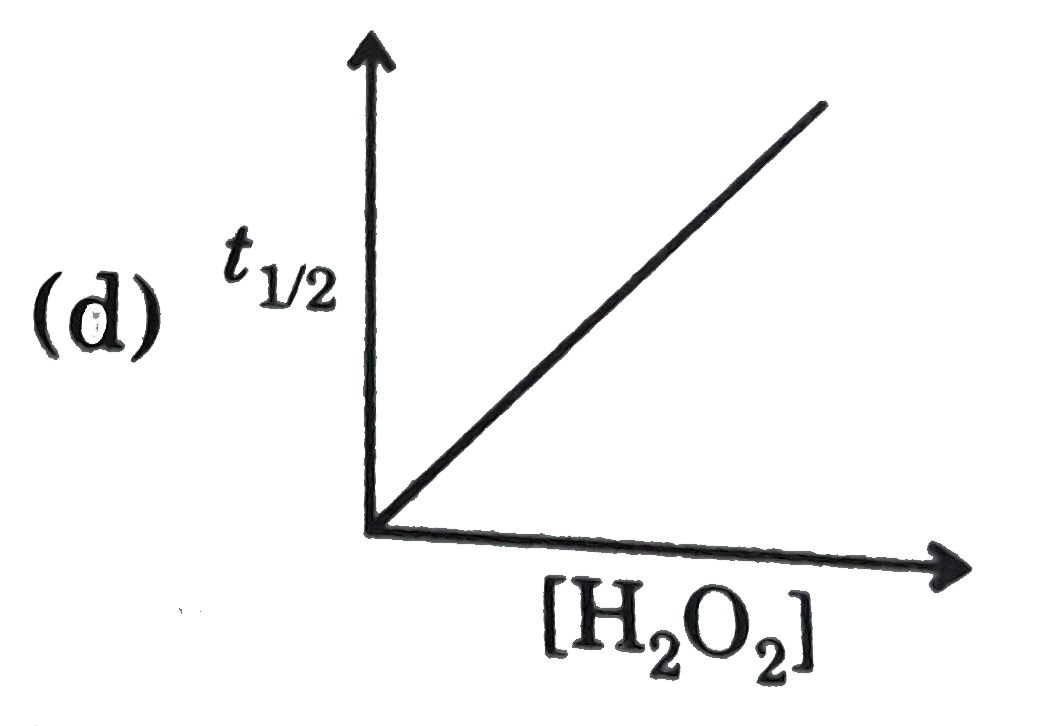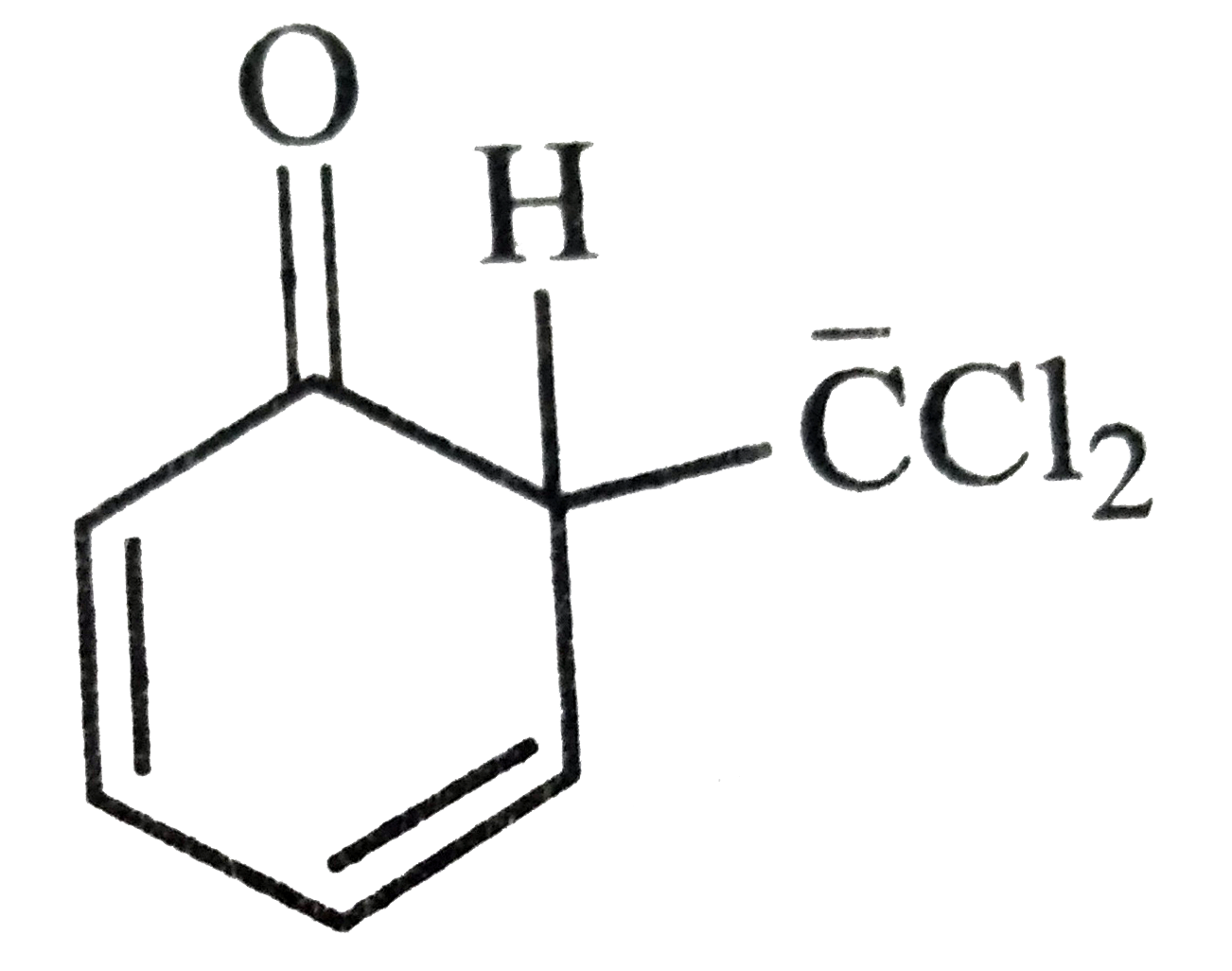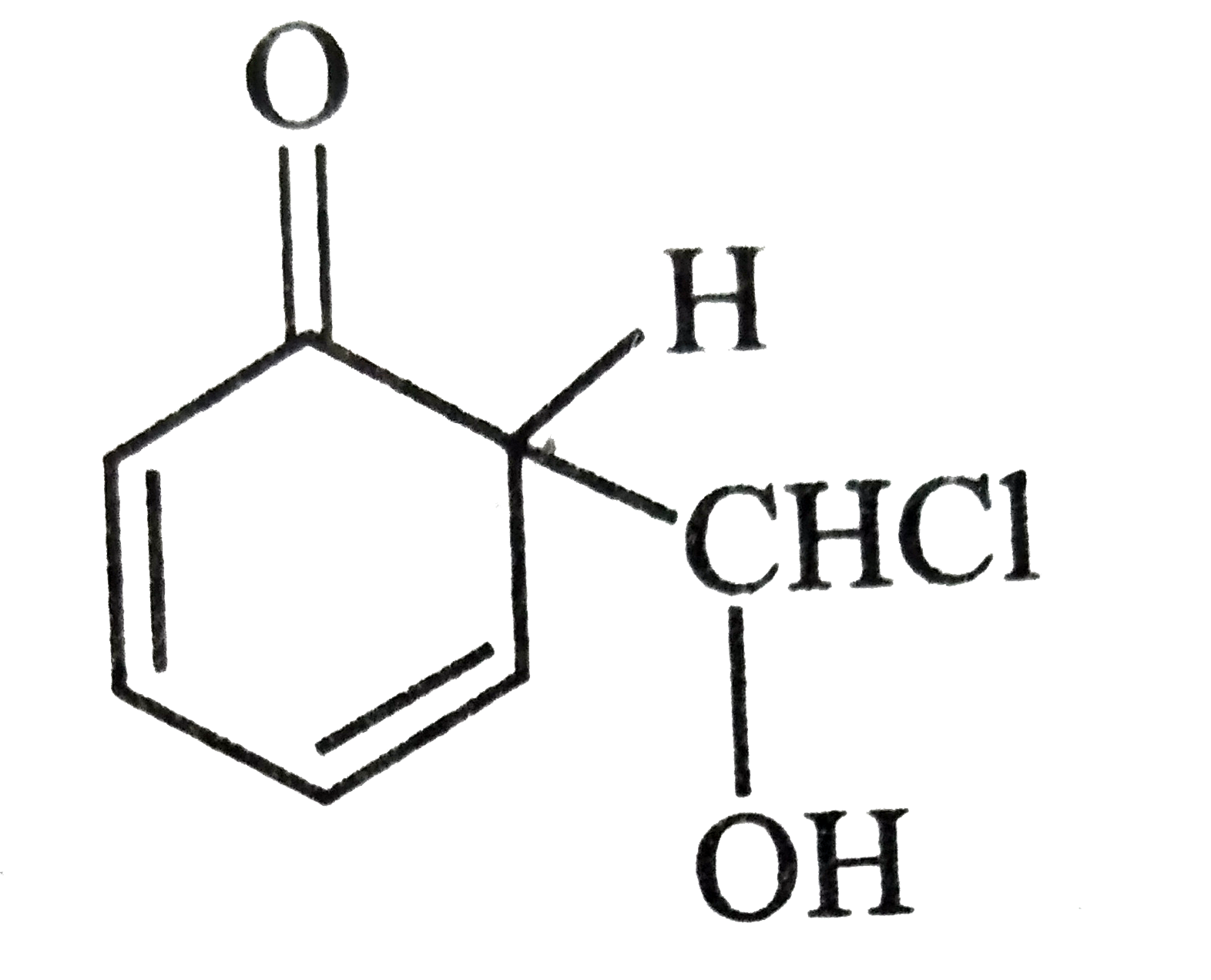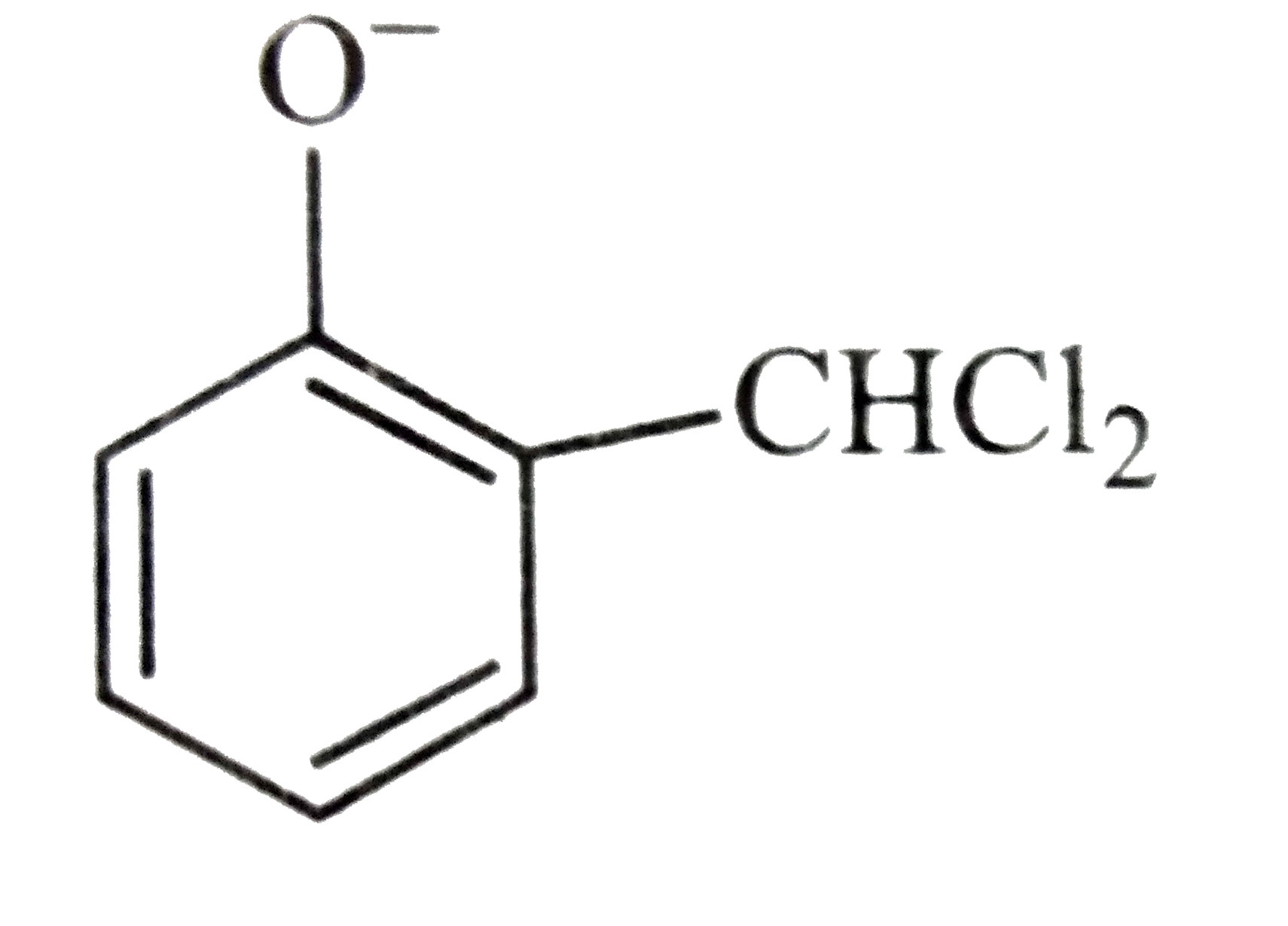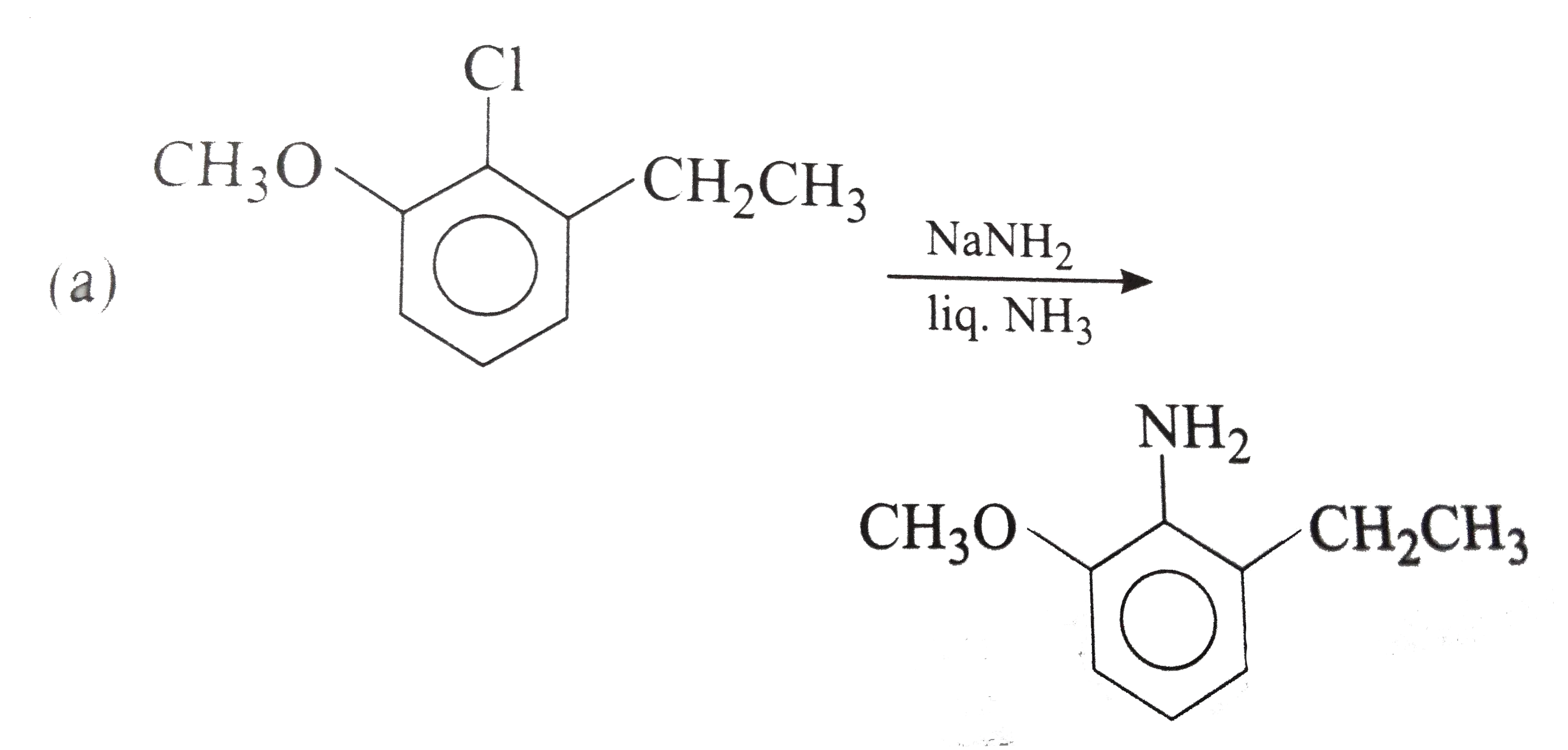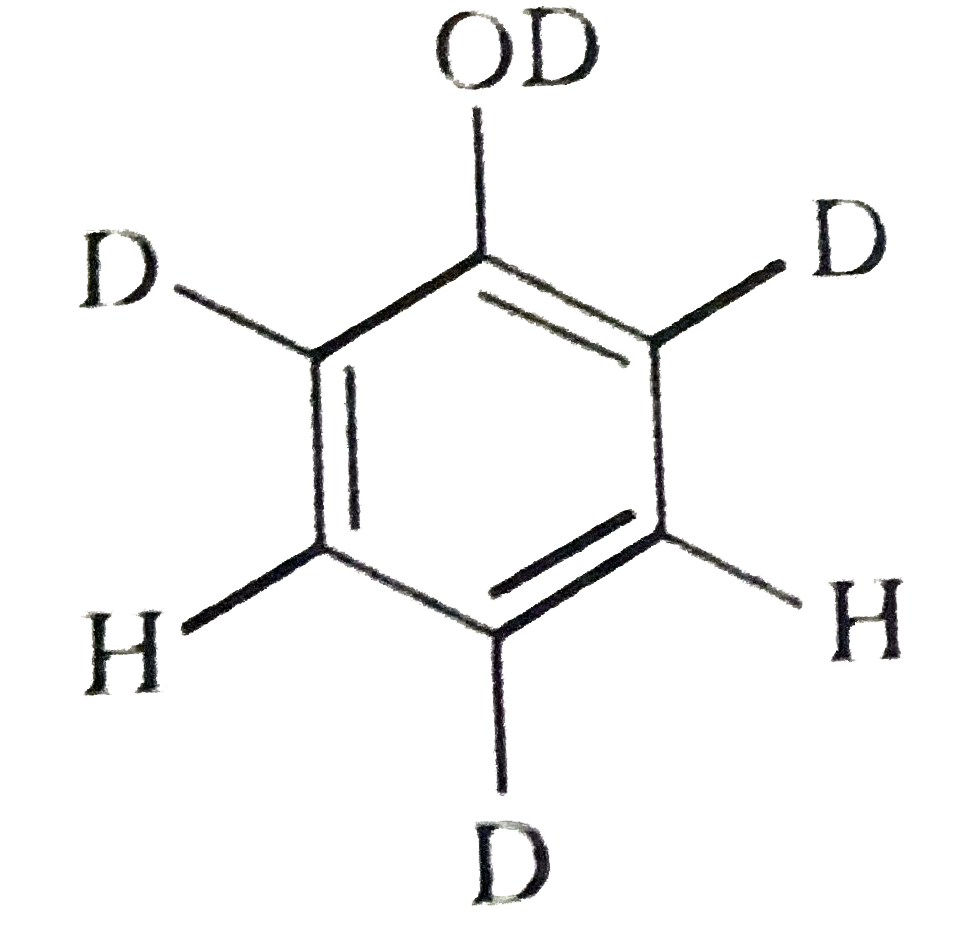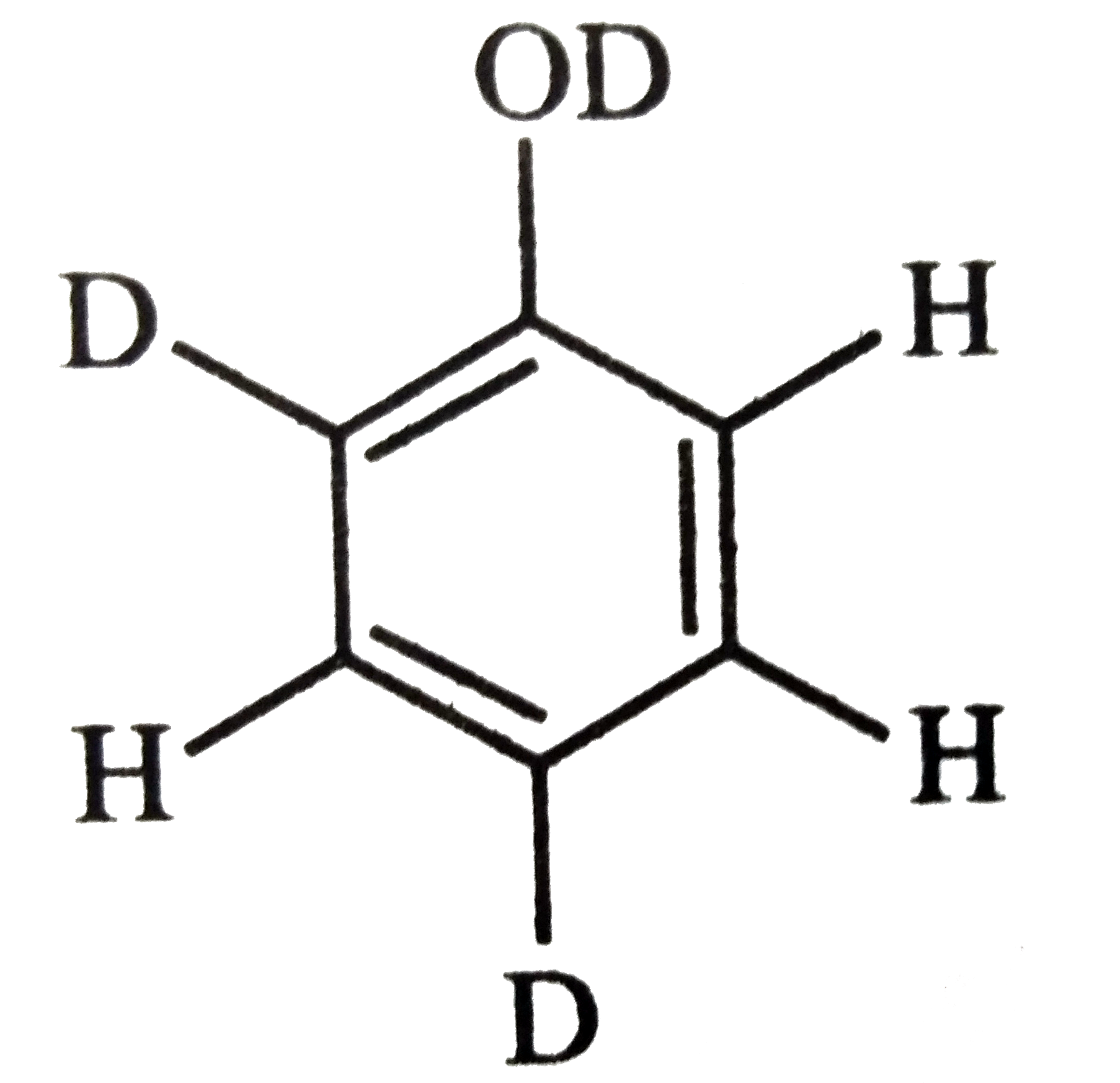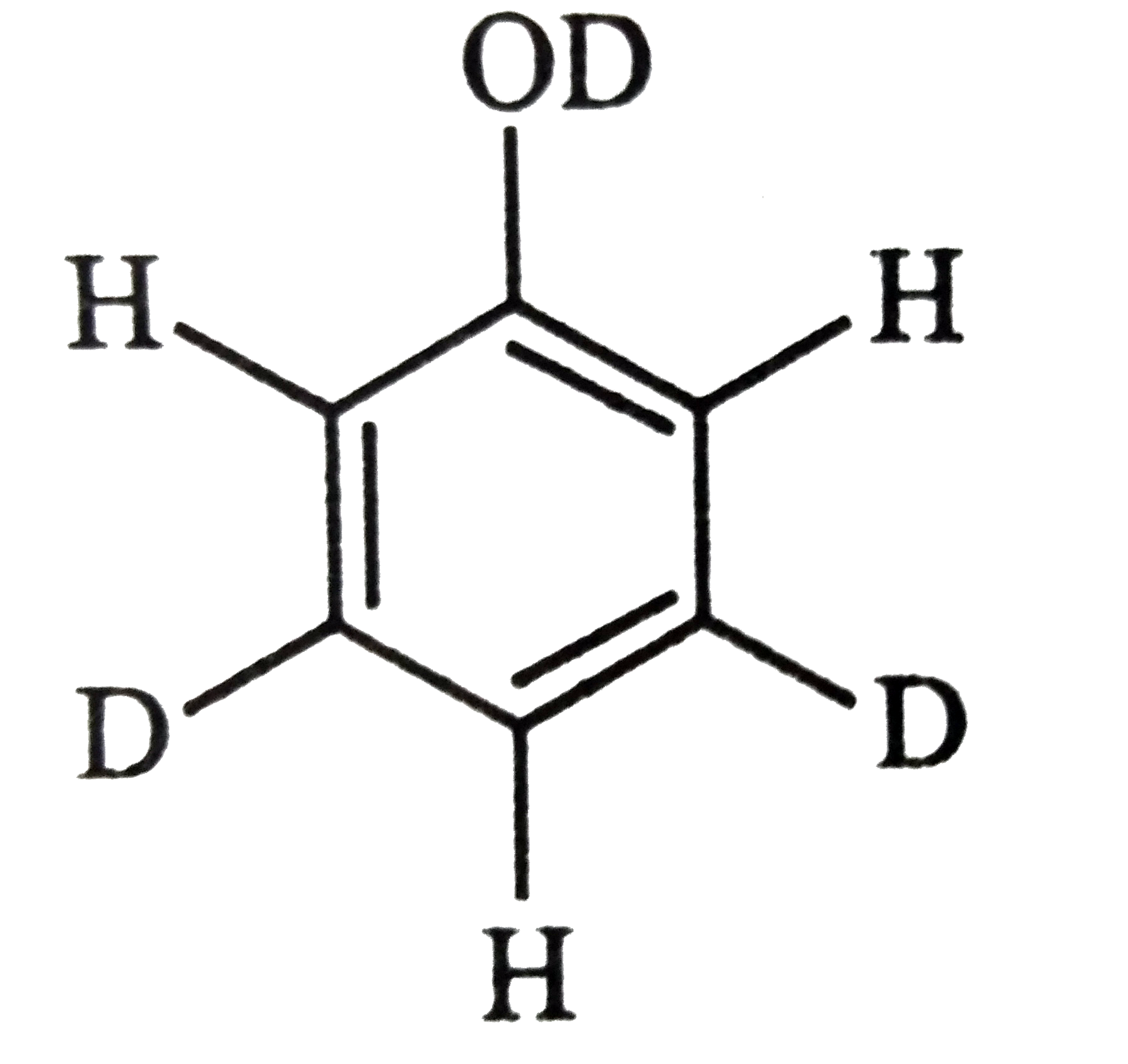Explore topic-wise InterviewSolutions in .
This section includes InterviewSolutions, each offering curated multiple-choice questions to sharpen your knowledge and support exam preparation. Choose a topic below to get started.
| 19901. |
When a primary amine reacts with chloroform in ethanolic KOH, then the product is |
|
Answer» an isocyanide |
|
| 19902. |
Which of the following can provides distinction between two functional isomers of C_(3)H_(6)O ? |
| Answer» Answer :D | |
| 19903. |
Write i) Arrhenius equation. ii) The formula to calculate half life. Period of zero order reaction. |
|
Answer» Solution :As temperature increases rate of REACTION increases. For every `10^(@)C` or 10 K increases in temperature rate of reaction GETS doubled. Half life of a reaction is the time in which the CONCENTRATION of a reactant is reduced to ONE half of its initial concentration. For a zero ORDER reaction `k = ([R]_(0) - [R]_(0/2))/(T_(1//2))""T_(1//2) = ([R])/(2k)` This shows that `T_(1//2)` of a zero order reaction is directly proportional to the initial concentration. |
|
| 19904. |
Which type of isomerism may be shown by this complex [Ru(NH_(3))_(4)(H_(2)O)(S_(2)O_(3))]NO_(3) |
|
Answer» IONISATION ISOMERISM |
|
| 19905. |
Which of the following graph is correct for disporportionation of H_(2)O_(2) to given H_(2)O(l) and O_(2)(g) ? Where [species] represents concentration of the species, P_(O_(2)) represents partial pressure of O_(2) gas. ROA represents rate of appearance of O_(2) and t_(1//2) represents half life of H_(2)O_(2). |
|
Answer»
|
|
| 19906. |
Thevolumeconcentrationof hydrogenperoxidehaving6.8 % concentrationwill be |
|
Answer» 5 `=(112 ) /( 34 )xx 6.8=22.4` |
|
| 19907. |
Whichof the followinghas highestpkbvaluein aqueousmedium? |
|
Answer» `C Cl_(3) - CH_(2) - NH_(2)` |
|
| 19908. |
The van't Hoff factor (i) for a dilute aqueous solution of glucose is: |
|
Answer» Zero |
|
| 19909. |
{:("(Unitcell)","(no of atoms per unitcell)"),("A) Simple cube","1) 4"),("B) fcc","2) 2"),("C) bcc","3) 1"):} The correct matchis |
|
Answer» `{:(A,B,C),(2,3,1):}` |
|
| 19910. |
When 100 ml 1N-NaOH solution and 10 ml of 10 N sulphuric acid solution are mixed together, the resulting solution will be |
|
Answer» Alkali `therefore1xx100=10xx10` `100=100implies` solution in neutral. |
|
| 19911. |
When diethyl ether is heated with conc. Sulphur acid it forms |
|
Answer» Propanic ACID |
|
| 19912. |
X ml of H_(2) gas effuses through a hole in a container in 5 secs. The time taken for effusion of same volume of gas specified below under identical condition is |
|
Answer» 10 SECS : He |
|
| 19913. |
Which of the following groups will increase basic strength of aniline ? |
|
Answer» `-NO_2 ` in ORTHO or PARA |
|
| 19914. |
When dilute acid is added to optically acitve (R)-2-octanol and the mixture is allowed to stand for some time, the solution become optically inactive. Expain this observation. |
|
Answer» Solution :In the presence of acid, the -OH group of (R)-2-butanol undergoes PROTONATION and then C-O bond dissociation occurs to form an achiral `2^(@)` carbocation (an `S_N1` process). The dissociation occurs smoothly because `H_(2)O` is a very good leaving group. Nucleophilic attack on the carboncation by water then takes place from both sides with euqal facility to yeild equimolar amounts of (R) and (S)-2-butanol having OPPOSITE ratation. it is for this reason, optically active (R)-2-octanol become optically inactive due to the formation of a recemic mixture when allowed to stand with dilute acid. 1(##CHY_CHE_ORG_XII_P2_U10_SLV_252_S01.png" width="80%">. |
|
| 19915. |
Which is wrongly matched? |
|
Answer» Insulin - STEROID hormone |
|
| 19916. |
Which gas is liberated when 2-Bromopropene is heated with alcoholic potash. |
| Answer» Solution :`CH_(3) - UNDERSET(BR)underset(|)(CH)-CH_(3)+KOH OVERSET("alcohol")to underset("Propene")(CH_(2)=CHCH_(3))+KBr+H_(2)O` | |
| 19918. |
What are the applications of electrochemical series (or electromotive series)? |
|
Answer» Solution : The applications of electrochemical series (or electromotive series) are as follows : (1) Relative strength of oxidising agents in terms of `E_("red")^(0)` values : The `E_("red")^(0)` valueisa measure of the tendency of the species to be reduced i.e. to accept electrons and act as an oxidising agent. The species mentioned on left hand side of the half reactions are oxidising agents. The substances in the upper positions in the series and hence in the upper left side of the half reactions have large positive Ered values hence are stronger oxidising agents. For example, `F_(2+), Ce^(4+) , Au^(3+)`, etc. As we move down the series, the oxidising power decreases. Hence from the position of the elements in the electrochemical series,oxidising agents can be selected. (2) Relative strength of reducing agents in terms of `E_("red")^(0)`values: The LOWER `E_("red")^(0)`value meanslowertendencyto accpetelectrons but higher tendency to lose electrons. The tendency for reverse REACTION or oxidation increases as `E_("red")^(0)` becomes morenegativeand wemovetowrads the lowerside of THESERIES. For example, Li, K , Al etc.are goodreducingagent . (3) Identifying the spontaneous direction of reaction : From the standard reduction potentials, Eed the spontaneity of a redoxreaction can be determined. The difference between `E_("red")^(0)`value for any towelectrodes represenetscell potenital `E_("cell")^(0)` , constituted by them. If `E_("cell")^(0)` is positive then the reaction is spontaneous while if`E_("cell")^(0)` is negative the reaction is non-spontaneous . For example `E_(Mg^(2+)//Mg)^(2)` and `E_(AG^(+)//Ag)^(0)` havevalues - 2.37V and 0.8 V respectively. TheMg will be a betterreducingagentthanAg. ThereforeMgcan reduce `Ag^(+)` to Ag. The correspondingreactionwill be . `Mg_((s)) + 2Ag_((aq))^(+) + 2Ag_((s))` `E_("cell")^(0)=E_(Ag^(+)//Mg)^(0) = 0.8 -(-2.37)` = 3.17V Therefore abovereactionin theforward directionwill bespontaneouswhilein thereversedirection will benon-spontaneous. since forit `E_("cell")^(0) = - 3.17` V. (4) Calculation of standard cell potential`E_("cell")^(0)` From theelectrochemical series, the standard cell potential, `E_("cell")^(0) ` form the `E_("red")^(0) ` valuefor thehalfreactions givescan becalculate. Forexample `Zn^(2+) + 2e^(-) to Zn_((s)) ""E_(Zn^(2+)//Zn)^(0) = - 0.76V` `Cu^(2+) + 2e^(-) toCu_((s)) "" E_(Cu^(2+)//Cu)^(0) = - 0.34 V` For thecell, `Zn|Zn_((aq))^(2+) (1M) || Cu_((aq))^(2+) (1M) |Cu` `E_("cell")^(0) = E_(underset("(cathode)")(Cu^(2+)//Cu))^(0) -E_(underset("(andoe)")(Zn^(2+)//Zn))^(0)` `= 0.34-(-0.76)` = 1.1 |
|
| 19920. |
What weight of copper will be depositeted by passing 2 faraday of electricty through a solution of Cu (II) salt: |
|
Answer» `35.6g` |
|
| 19921. |
WhenFeCl_(3), is shaken with freshly precipitated Fe(OH)_(3), then sol formed is: |
|
Answer» `Fe _(2) O _(3). xH_(2)O. Fe ^(3+)` `Fe (OH) _(3) + Fe ^(3+) to underset(" positive sol" ) ( Fe (OH)_(3) . Fe ^(3+))` |
|
| 19922. |
Which of the following statementsis correct for fuel cells |
|
Answer» Theyare sued inautomobiles |
|
| 19923. |
Which method cannot be used to find out the molecular mass of non-volatile solute |
|
Answer» Victor MAYER's method |
|
| 19924. |
Which of the following kinds of catalysis can be explained by the adsorption theory ? |
|
Answer» heterogeneous catalysis |
|
| 19925. |
Write the IUPAC name for the following compounds: (i) H_(3)C-underset(H_(3)C)underset(|)(N)-underset(C_(2)H_(5))underset(|)overset(CH_(3))overset(|)(C)-CH_(2)CH_(3) (ii) H_(2)NCH_(2)CH_(2)CH=CH_(2) |
|
Answer» Solution :(i) 3,N,N, Trimethylpentan-3-amine (Arabic numberals are given preference over alphabets). (II). `H_(2)N-overset(1)(C)H_(2)overset(2)(C)H_(2)overset(3)(C)H=overset(4)(C)H_(2)`But-3-en-1-amine. |
|
| 19926. |
Which of the following fact is observed during nitration of benzene? |
|
Answer» FORMATION of benzenioum ion |
|
| 19927. |
The standard cell potential of: Zn(s) abs( Zn^(2+) (aq) )abs( Cu^(2+) (aq)) Cu (s) cell is 1.10 V The maximum work obtained by this cell will be |
|
Answer» `–106.15` KJ |
|
| 19928. |
Which of the following statements regarding spectral series is correct ? |
|
Answer» The lines in Balmer series correspond to electron TRANSITIONS from energy levels HIGHER than n =1 energy level |
|
| 19929. |
When two compounds Acl_(3) and DCl_(3) of two elements A and D are mixed together a compound ADCl_(6) is formed. Structural analysis showed that DCl_(3) is trigonal planar and AC l_(3) is trigonal pyramidal. If anion has see - saw shape then shape of cation formed is |
|
Answer» Linear |
|
| 19930. |
Two elements X (atomic weight = 75) and Y(atomic weight = 16) combine to give a compound having 75.8% of X. The compoundis : |
|
Answer» XY Relative no. of atoms of `Y = (24.2)/(16) = 1.51` RATIO of atoms of X and Y 1.01:1.51or2:3 ` THEREFORE ` Formula of the compound `X_2Y_3` |
|
| 19931. |
When 5.0 mL of a 1.0 M HCl solution is mixed with 5.0 mL of a 0.1 M NaOH solution, temperature of solution is increased by 2^@C predicted accurately from this observation? |
|
Answer» If 10 mL of same HCl is mixed with 10 mL of same NaOH, temperature rise will be `4^@C` 0.02c heat is evolved due to the neutralization or formulation of `(0.1 xx 5) = 0.5 m` moles of `H_2O` . (A) Heat evolved `= 0.04c= (20 xx 1 xx 10^(-3)) xx c xx DELTA T implies Delta T implies DeltaT = 2^@C [0.1 xx 10 = 1`m moles of `H_2O`formed] (B) No temperature rise as there is no neutralization (C) M moles offormedbut heat evolved will be less than 0.04c as is a weakbase. (D) SIMILAR to (C). [`CH_3COOH` is a weak ACID] |
|
| 19932. |
Which of the following reaction is possible at anode? |
|
Answer» `2Cr^(3+) + 7 H_(2)Orarr Cr_(2)O_(7)^(2-) + 14H^(+)` |
|
| 19933. |
Which of the following chloride is water insoluble |
|
Answer» HCL |
|
| 19934. |
When an electrolytic solution conducts electricity , current is carried out by |
|
Answer» ELECTRONS |
|
| 19936. |
Which of the following complex does not have tetrahedral geometry ? |
|
Answer» `[Co(CO)_(4)]^(-)` |
|
| 19937. |
Which of the following aqueous solutions should have the highest boiling point? |
|
Answer» `"1.0 M NaOH"` |
|
| 19938. |
When phenol is treated with CHCl_(3) and NaOH followed by acidification, salicylaldehye is obtained. Which of the following species are involved in the abvoe mentioned reaction as intermediate? |
|
Answer»
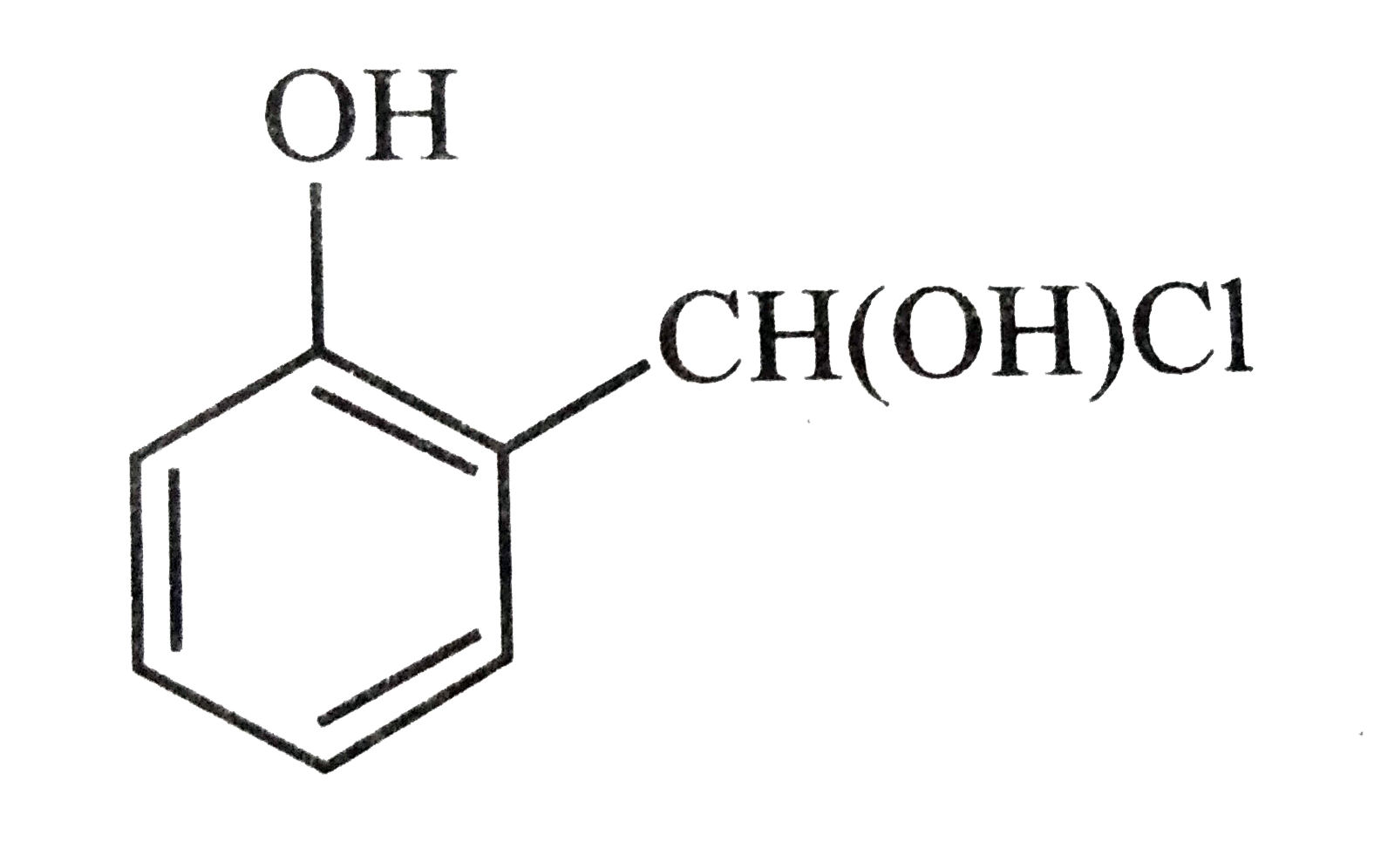 thus, SPECIES (a) and (d) are involved in the above reaction. |
|
| 19939. |
Which one of the following has highest boiling point? |
|
Answer» 1-Chloropentane |
|
| 19940. |
Which are correct among following |
|
Answer» `Be_(2)C` on hydrolysis gives a hydrocarbon (X ) and (1 mole ) of (X) gas is required 44.8 litre `O_(2)` at NTP for combustion `CH_(4)+2O_(2)rarrCO_(2)+2H_(2)O` For combustion of 1 mole - required oxygen 2 mole 2 at NTP 44.8 litre `(B) Li(NO_(3))_(2)overset(DELTA)(rarr)Li_(2)O+NO_(2)uarr+O_(2)uarr` `(C ) Li+NH_(3) rarr Li_(2)(NH)+H_(2)uarr` (D)The conductance of `K^(+)` ion is greater than as compared to `Na^(+)` aq. KCl `gt` aq NaCl |
|
| 19941. |
Which of the following is not true regarding the usage of hydrogen as a fuel? |
|
Answer» High calorific value |
|
| 19942. |
What is Ellinghanb diagram? |
| Answer» Solution :The graphical REPRESENTATION of VARIATION of the standard Gibbs free energy of REACTION for the formation of various metal oxides with temprature is CALLED ELLINGHAM diagram. | |
| 19944. |
The standard free energy change of the reaction M^(+)""_((aq))+e^(-) rarr M_((s)) is -23.125 kJ. Calculate the standard emf of the half cell. |
| Answer» SOLUTION :`E^(@)=+0.25V` | |
| 19945. |
The rise of a liquid in a capillary is due to |
|
Answer» VISCOSITY |
|
| 19946. |
Which has largest bond angle ? |
|
Answer» `NH_3` |
|
| 19947. |
The size of colloidal particles is in the range : |
| Answer» Answer :A | |
| 19948. |
Which of the following is not used as a Lewis acid |
|
Answer» `SnCl_(4)` |
|
| 19949. |
Which is correct in the case of [Fe(CN)_6]^(4-) complex: |
|
Answer» DIAMAGNETIC |
|
| 19950. |
When phenol is treated with D_(2)SO_(4)//D_(2)O, some of the hydrogens get exchanged. The final product in the exchange reaction is |
|
Answer»
|
|



